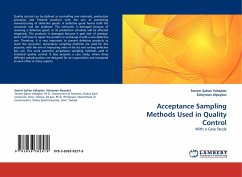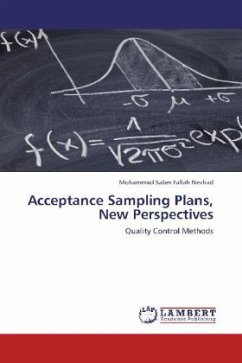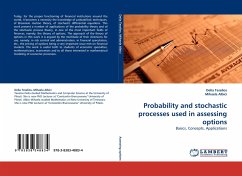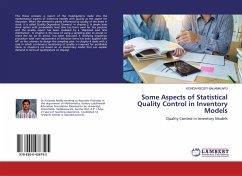Quality control can be defined as controlling raw materials, production processes and finished products with the aim of preventing manufacturing of defective goods. A defective good harms both the consumer and the producer. The consumer is damaged because of receiving a defective good; as its production schedule will be affected negatively. The producer is damaged because it gets lack of prestige, and it will have to repair the product or exchange it with a non-defective one. Therefore, it is very important to prevent defective products to reach the consumer. Acceptance sampling methods are used for this purpose, with the aim of inspecting units in the lot and sorting defective lots out. This work examines acceptance sampling methods used in statistical quality control. It also presents a case study, where three different sampling plans are designed for an organisation and compared to each other in many aspects.
Bitte wählen Sie Ihr Anliegen aus.
Rechnungen
Retourenschein anfordern
Bestellstatus
Storno








